Academic Architecture Studios Leading the Way: Experimentation, Research and Innovation
Architecture has always thrived on experimentation, but in the 2020s, universities are becoming some of the most active laboratories of design thinking. Academic architecture studios are no longer confined to classrooms — they are leading global conversations on sustainability, digital fabrication, materials science, and social equity. As practice and academia merge, the studio becomes both workshop and think tank, shaping the next era of architectural innovation.
The Role of Academic Studios in Contemporary Practice
Today’s academic studios operate at the intersection of theory and real-world challenges. They explore questions that commercial practice cannot always afford to: What happens when architecture responds to climate change as a biological system? How do data, robotics, and AI reshape the designer’s role?
Research as a Design Tool
Academic studios are increasingly structured around research questions rather than design briefs. Students and faculty use projects to investigate new materials, energy systems, or cultural issues.
For example, the Architectural Association in London has focused several Design Research Labs on robotics, adaptive systems, and bio-materials. These projects test how buildings might grow, adapt, or repair themselves.
Digital Fabrication and Computational Design
Academic architecture labs are pioneering digital fabrication — from 3D printing concrete to building with robots. These explorations are redefining how structures are conceived and made.
ETH Zurich’s Block Research Group, for instance, develops structural geometries that minimize material while maximizing strength, creating carbon-efficient vaults and domes through computational optimization.
Social and Environmental Innovation
Many academic studios now focus on design’s social and ecological dimensions. Schools are experimenting with participatory housing models, climate-resilient urbanism, and regenerative design.
The Bartlett School of Architecture’s “Design for Performance and Interaction” program explores how responsive technologies can improve environmental efficiency and user experience simultaneously.
Collaborations Between Academia and Industry
Increasingly, universities partner with architecture firms, NGOs, and technology companies to realize prototypes and test new ideas at full scale.
Carnegie Mellon University’s Computational Design Lab collaborates with Autodesk and NASA on projects that explore automated building assembly and AI-assisted design systems.
The Educational Shift: From Critique to Creation
Academic studios today are evolving from critique-based teaching toward creation-based research. Students are no longer only evaluated on presentation but also on experimentation and evidence. Models, simulations, and data become as crucial as drawings.
The Future of Academic Innovation
Looking ahead, the most influential architectural ideas may emerge from universities rather than corporate offices. Academic studios are uniquely positioned to tackle frontier topics — carbon sequestration, AI-assisted urbanism, autonomous construction, and human-machine collaboration.
Open-source sharing, digital labs, and transdisciplinary collaboration will continue to accelerate the exchange between education and industry. The experimental culture of universities ensures that architecture remains a living, evolving field — rooted in creativity, driven by inquiry, and dedicated to the public good.
Conclusion
From MIT’s robotics workshops to ETH Zurich’s structural experiments and the Bartlett’s interactive design programs, academic architecture studios are redefining what innovation means. They remind us that the future of architecture is not invented in isolation but cultivated through research, teaching, and curiosity.
As the boundaries between education and practice dissolve, universities will remain the profession’s most fertile testing ground — where experimentation becomes built reality, and tomorrow’s architects learn by inventing the future today.
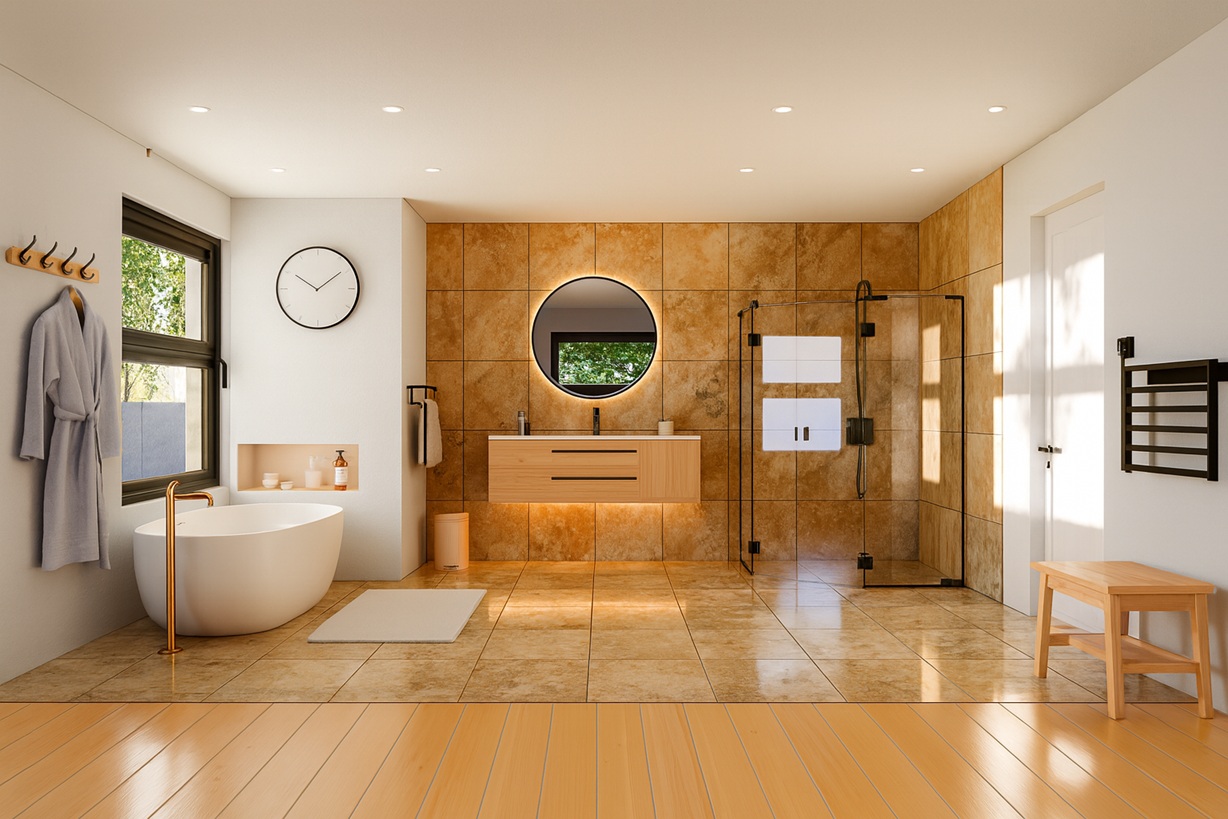

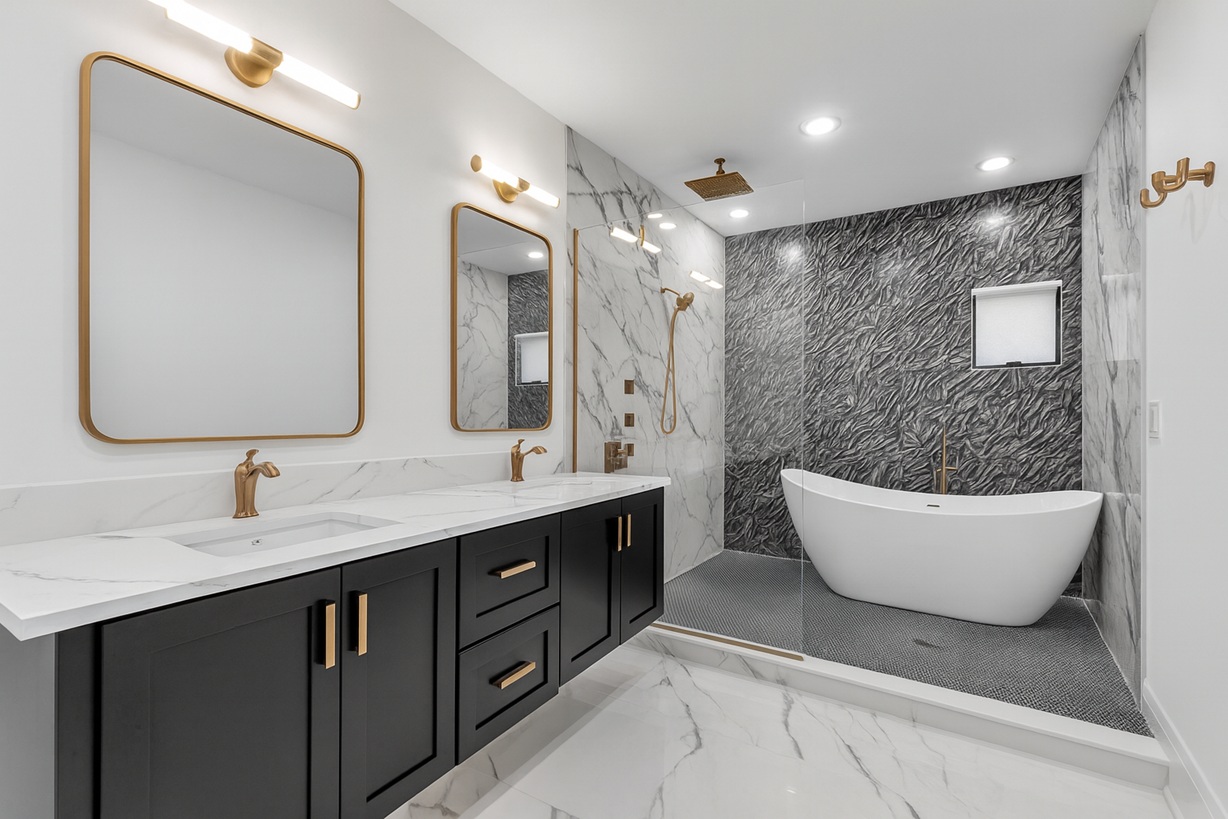

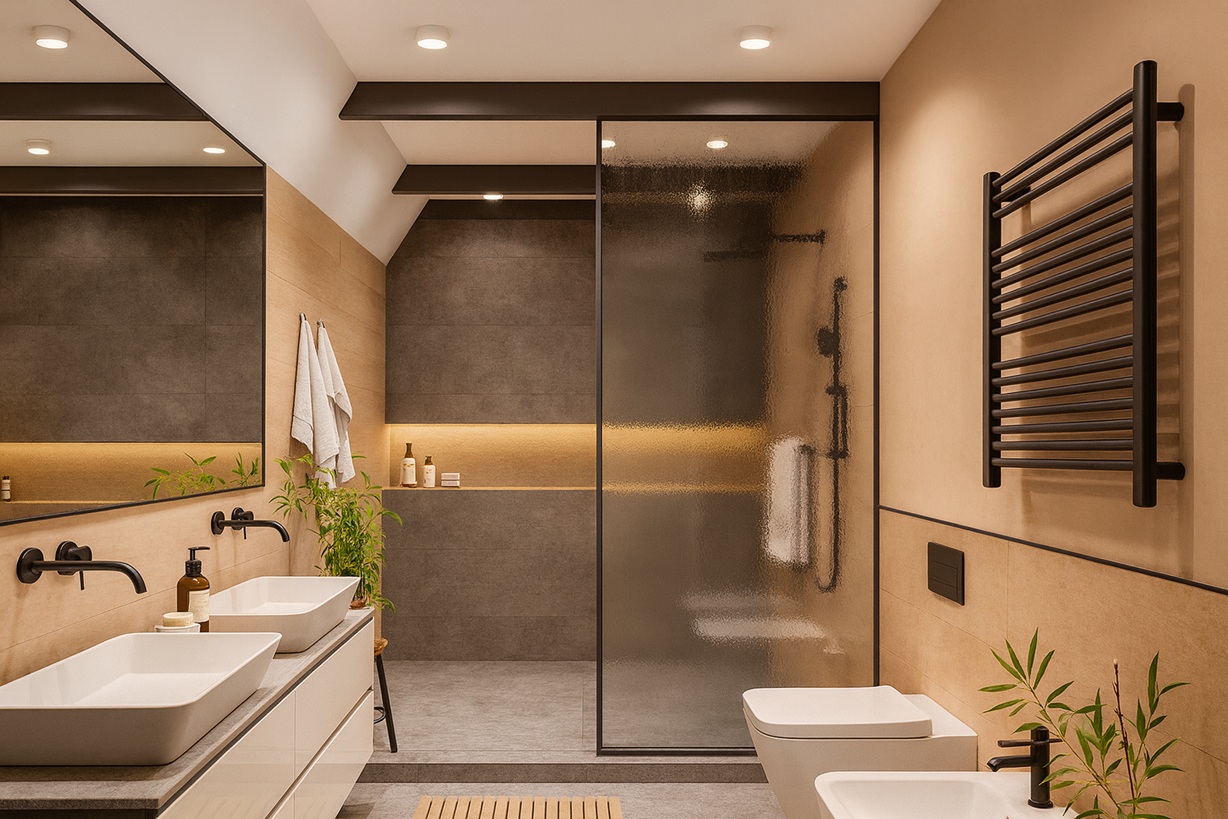




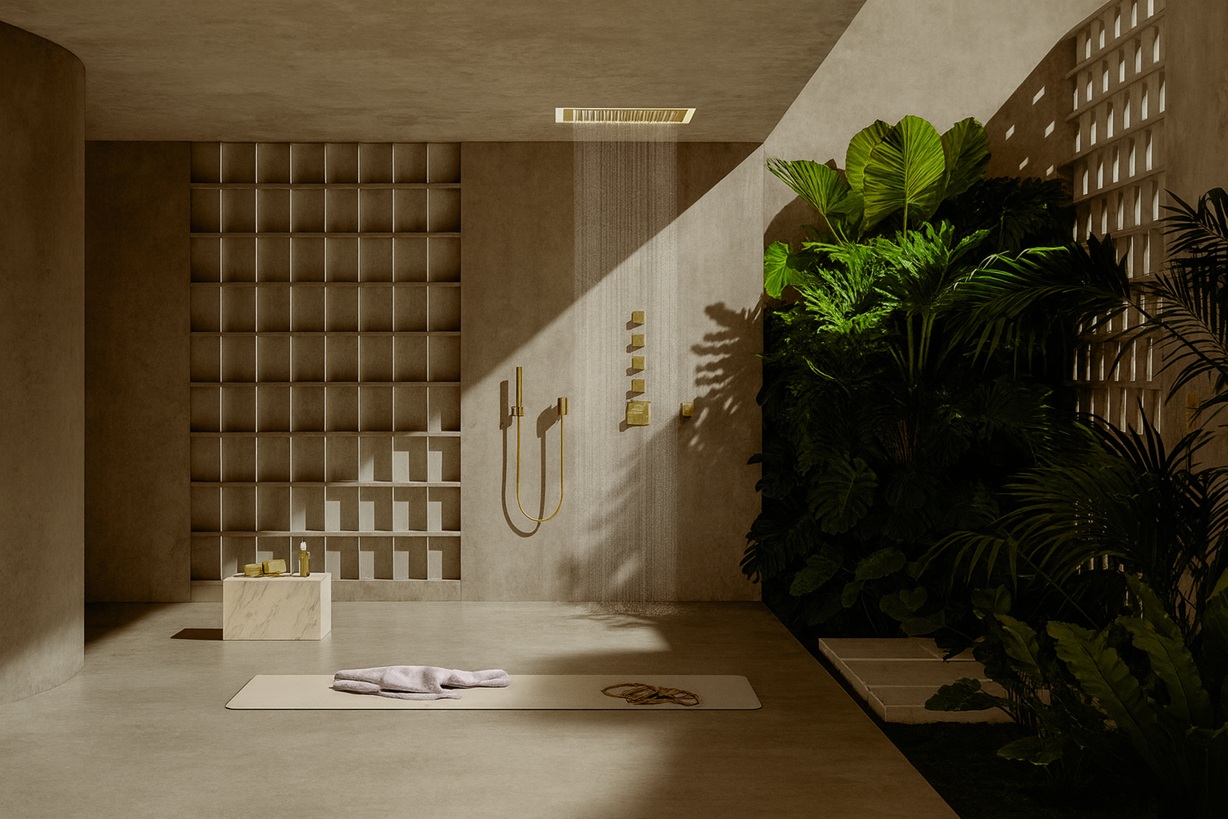
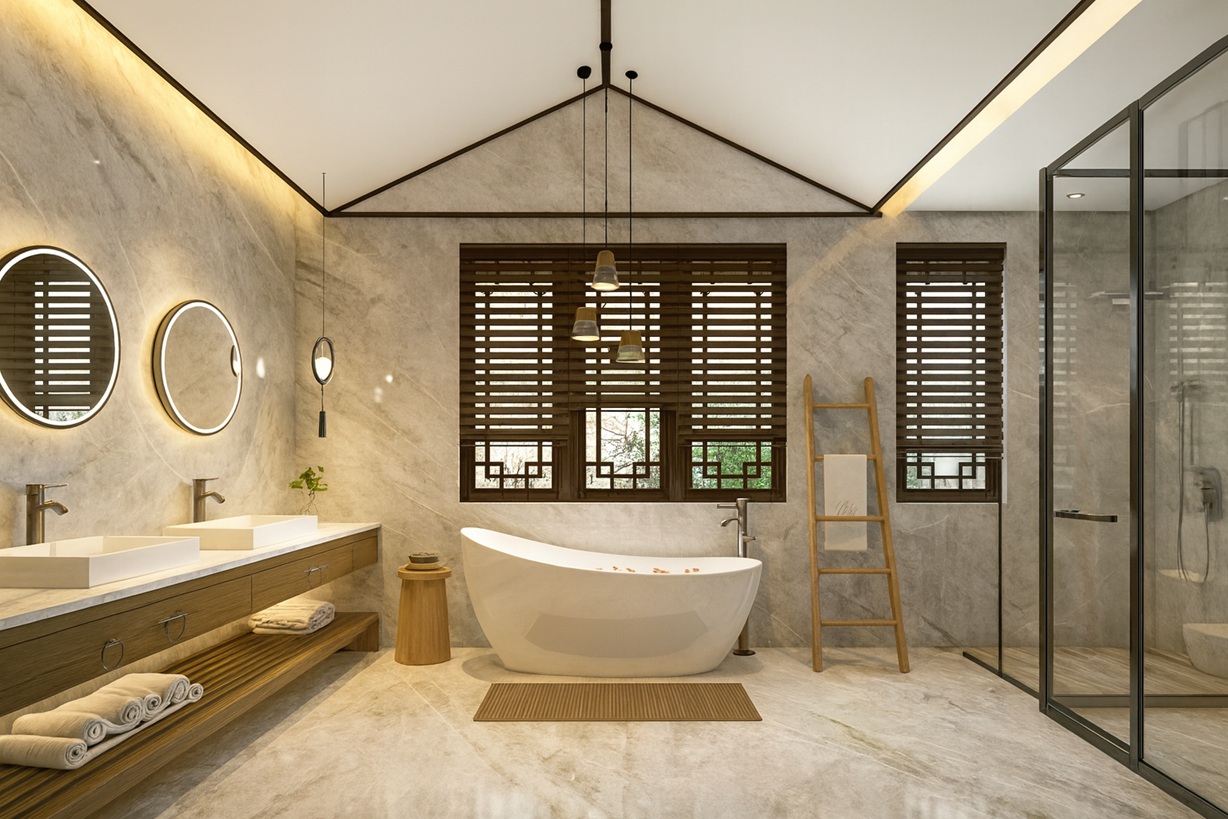
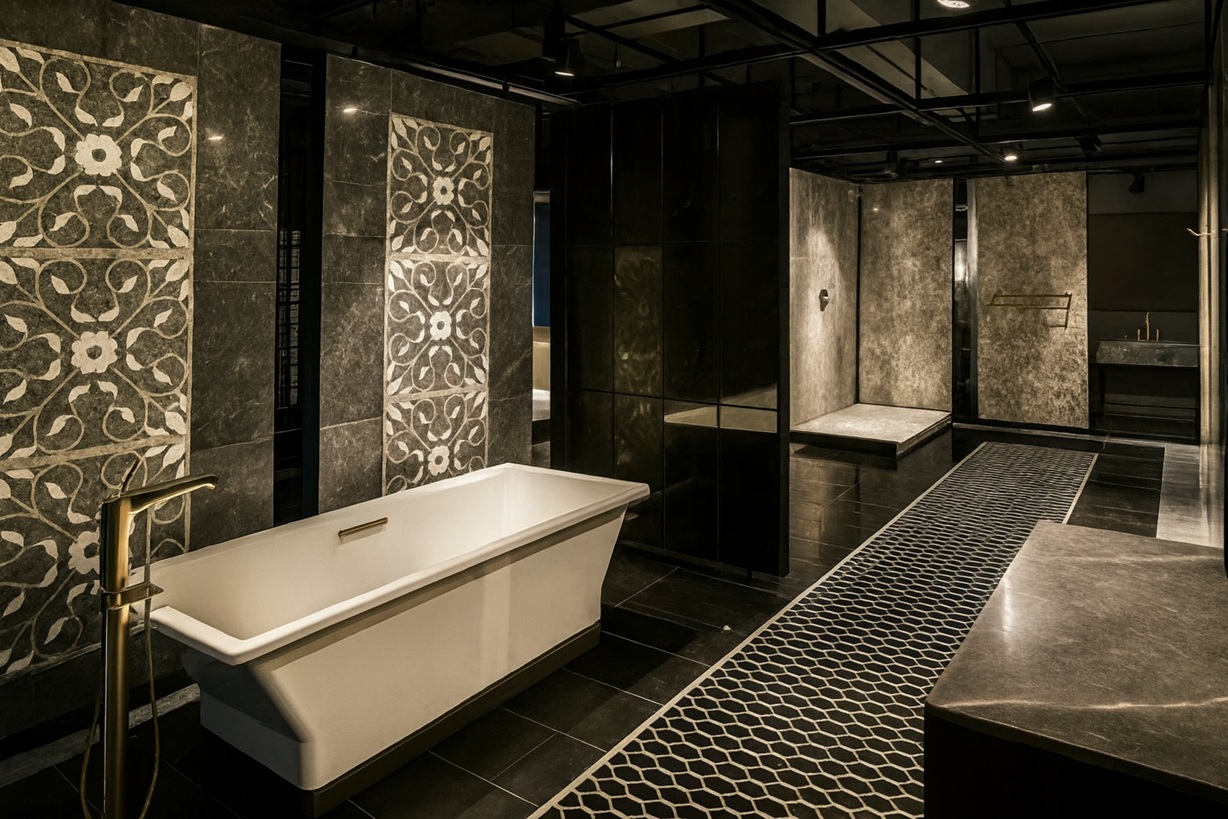


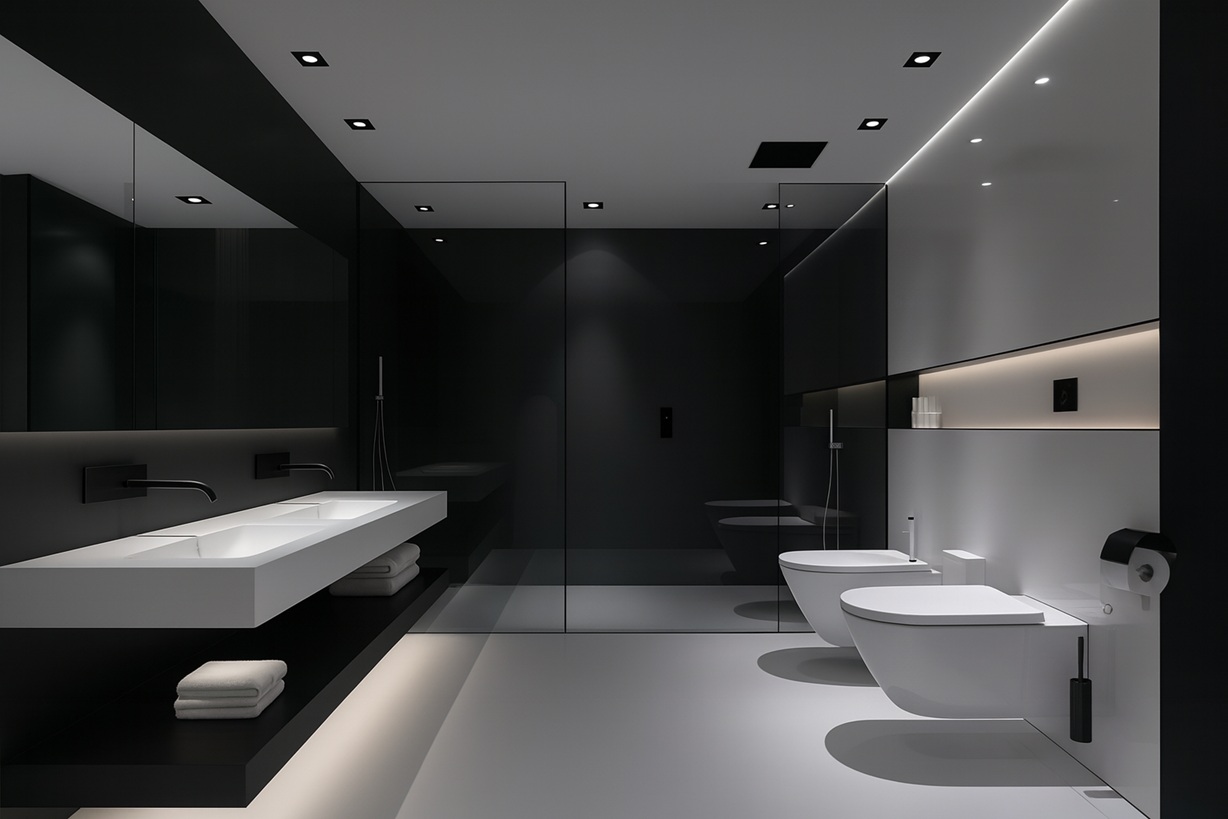

No responses yet